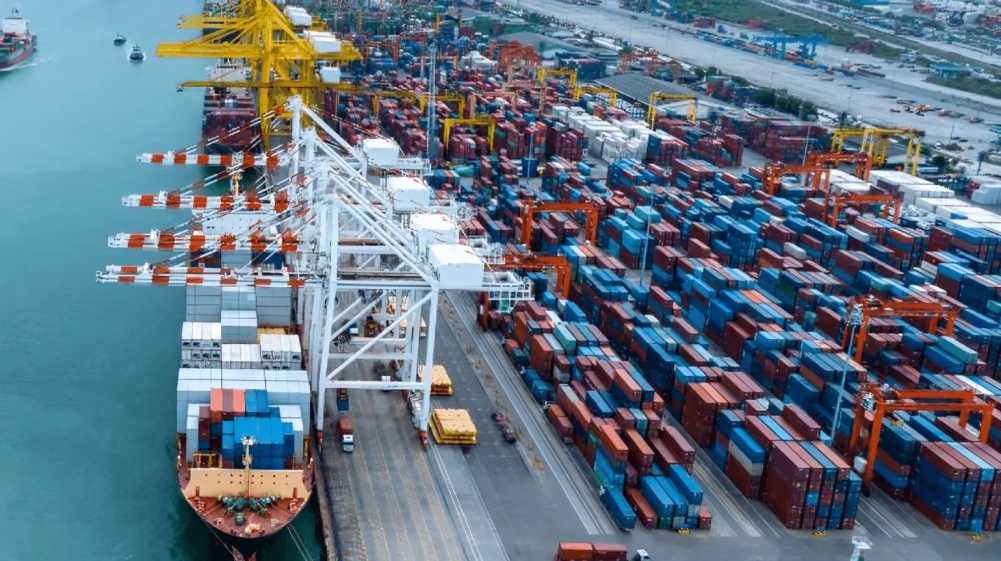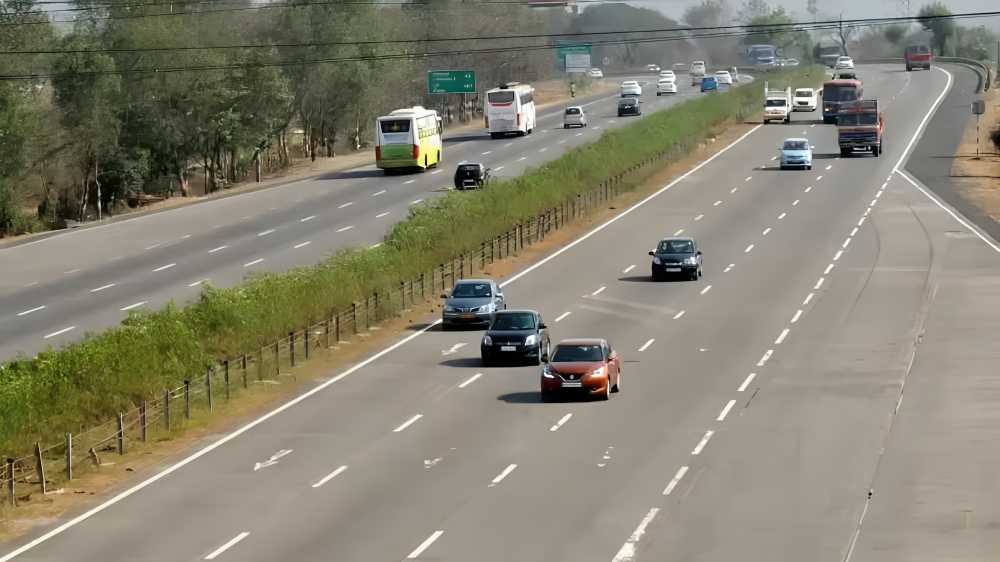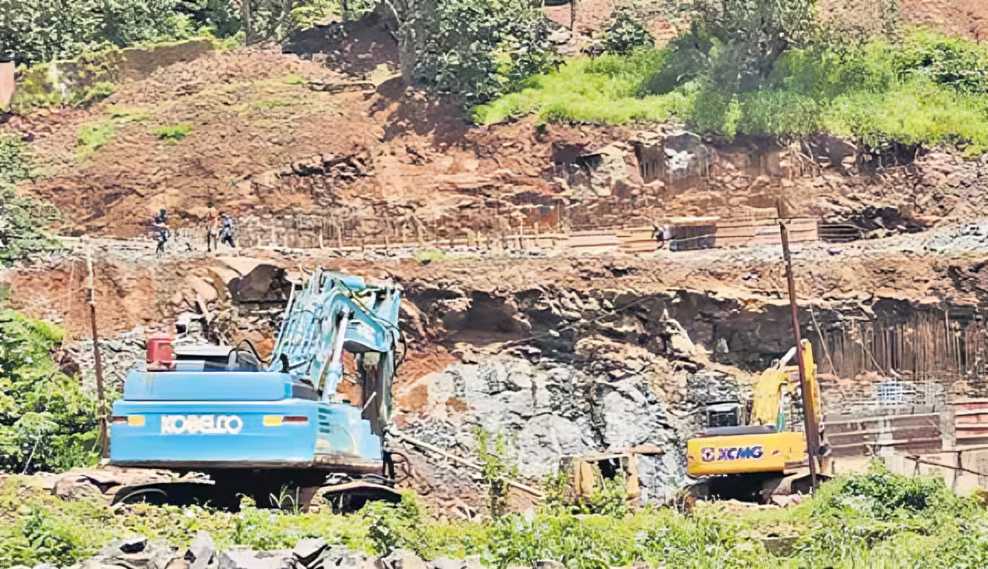November 18, 2025: Mumbai stands at a pivotal juncture in its urban evolution. A city long defined by resilience and ambition is now confronting the realities of shrinking land availability, ageing infrastructure, and rising population density. The way forward, experts emphasise, lies not in outward expansion but in redevelopment — the most sustainable means to create a modern, safe and future-ready metropolis.
More than half of Mumbai’s buildings are over 40 years old, many lacking structural stability, essential amenities, and the infrastructure required for contemporary living. Redevelopment replaces these ageing structures with modern, efficient, and well-planned developments, improving safety, aesthetics, connectivity, and civic services. Beyond major capital-intensive projects, the renewal of old and dilapidated residential buildings has become a crucial priority.
Many housing societies built in the 1960s and 70s are now structurally vulnerable due to outdated construction techniques and years of inadequate maintenance. Located largely in central neighbourhoods where land is scarce, their redevelopment is not only a safety necessity but also an opportunity to optimise urban land use. These projects offer residents safer homes, better amenities, and enhanced quality of life, while contributing to Mumbai’s vertical growth and infrastructural revitalisation.
Cluster redevelopment and the renewal of cessed buildings offer parallel benefits, especially in South and Central Mumbai. By merging smaller, ageing plots into unified redevelopment schemes, the city can create wider roads, open spaces, and improved utilities. Such projects safeguard the cultural fabric of old neighbourhoods while elevating their living and economic standards — ensuring progress without erasing identity.
Among the most transformative mechanisms is the Slum Rehabilitation Authority (SRA) model. With nearly 40% of Mumbai’s population living in informal settlements, SRA redevelopment provides a structured approach to offering secure housing and unlocking land for planned development. When executed transparently, these projects uplift entire communities and advance inclusive urban growth.
For a landlocked city, redevelopment remains the most practical path for accommodating future expansion without altering the physical footprint. It promotes vertical development over unchecked sprawl and strengthens the city’s resilience.
Ultimately, redevelopment is more than construction — it is the rebuilding of communities and the restoration of Mumbai’s urban spirit. With coherent policies, long-term vision, and collective participation, it can redefine the skyline and pave the way for a more equitable, sustainable, and vibrant city.
Source: Construction Week





